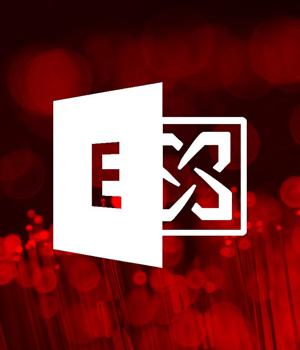Security News > 2023 > May > New PowerExchange malware backdoors Microsoft Exchange servers

A new PowerShell-based malware dubbed PowerExchange was used in attacks linked to APT34 Iranian state hackers to backdoor on-premise Microsoft Exchange servers.
Notably, the malware communicates with its command-and-control server via emails sent using the Exchange Web Services API, sending stolen info and receiving base64-encoded commands through text attachments to emails with the "Update Microsoft Edge" subject.
"Using the victim's Exchange server for the C2 channel allows the backdoor to blend in with benign traffic, thereby ensuring that the threat actor can easily avoid nearly all network-based detections and remediations inside and outside the target organization's infrastructure," the FortiGuard Labs Threat Research team said.
The backdoor enables its operators to execute commands to deliver additional malicious payloads on the hacked servers and to exfiltrate harvested files.
FortiGuard Labs linked these attacks to the Iranian state-backed hacking group APT34 based on similarities between PowerExchange and the TriFive malware they used to backdoor the servers of Kuweiti government organizations.
"Both backdoors share striking commonalities: they are written in PowerShell, activated by a periodic scheduled task, and the C2 channel leverages the organization's Exchange server with EWS API. And while their code is much different, we speculate that PowerExchange is a new and improved form of TriFive," the researchers said.
News URL
Related news
- Microsoft says attackers use exposed ASP.NET keys to deploy malware (source)
- Hackers exploit Cityworks RCE bug to breach Microsoft IIS servers (source)
- DragonRank Exploits IIS Servers with BadIIS Malware for SEO Fraud and Gambling Redirects (source)
- FINALDRAFT Malware Exploits Microsoft Graph API for Espionage on Windows and Linux (source)
- Microsoft fixes bug causing Windows Server 2025 boot errors (source)
- Microsoft spots XCSSET macOS malware variant used for crypto theft (source)
- Microsoft Uncovers New XCSSET macOS Malware Variant with Advanced Obfuscation Tactics (source)
- Microsoft's End of Support for Exchange 2016 and 2019: What IT Teams Must Do Now (source)
- Microsoft Teams tactics, malware connect Black Basta, Cactus ransomware (source)
- Microsoft admits GitHub hosted malware that infected almost a million devices (source)